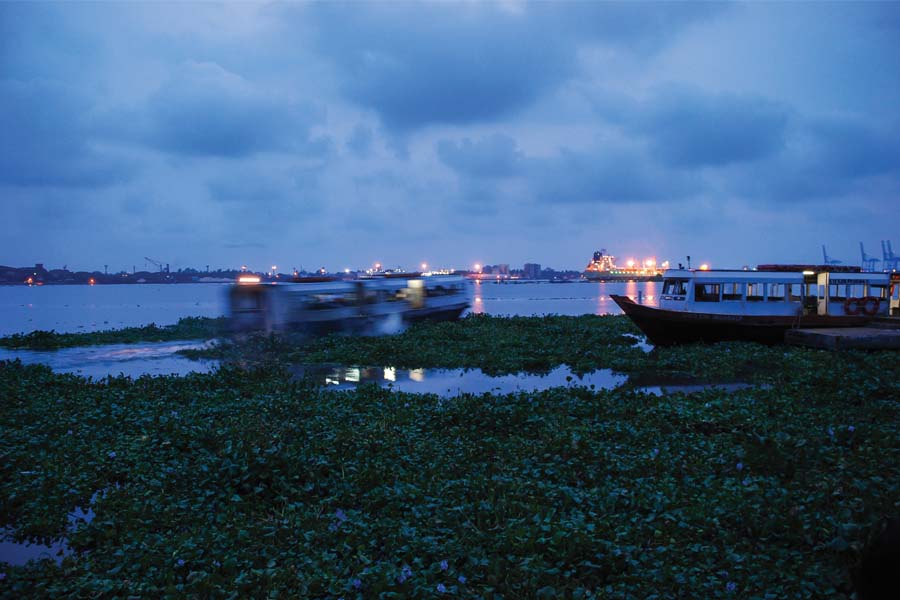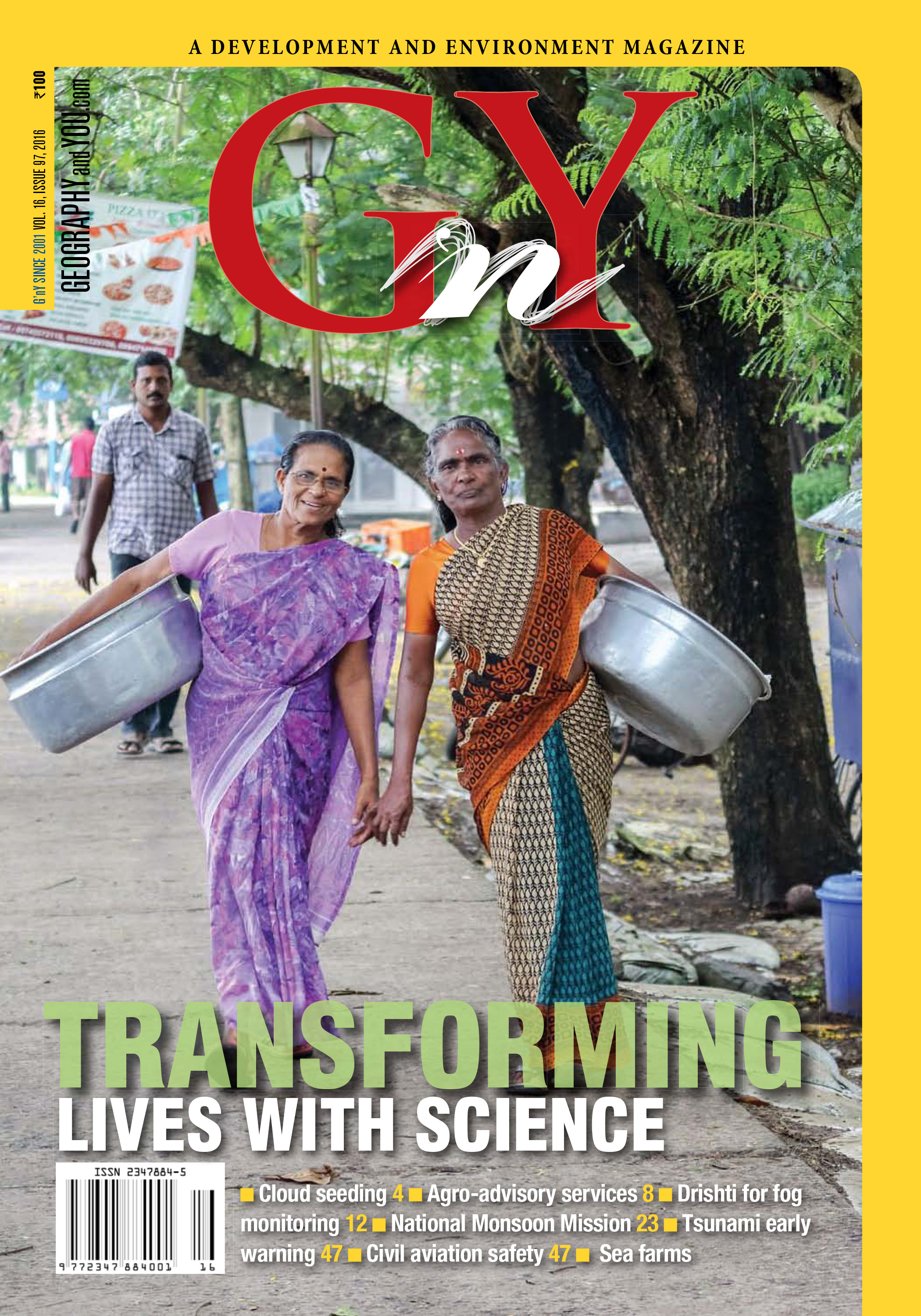
Expert Panel
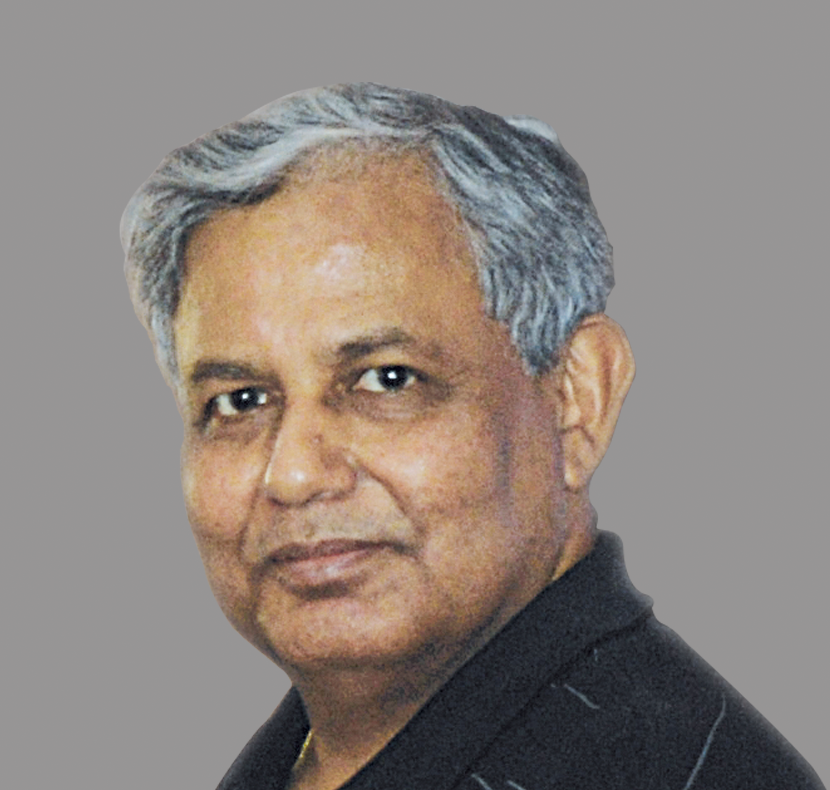
Vice Chancellor, MG Kashi Vidyapeeth, Varanasi
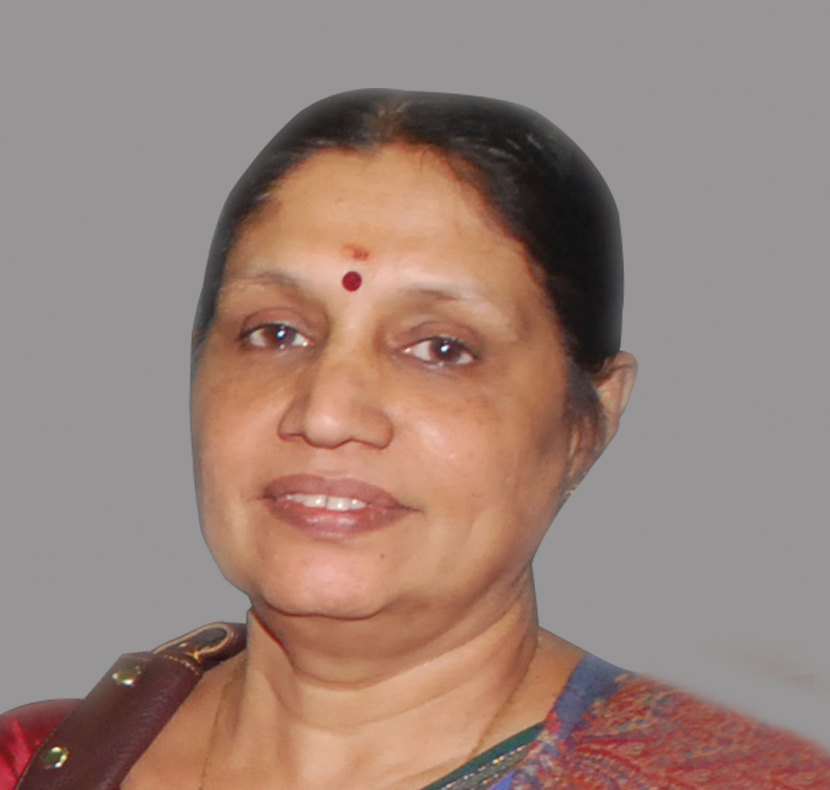
Chairman, National Biodiversity Authority, Chennai
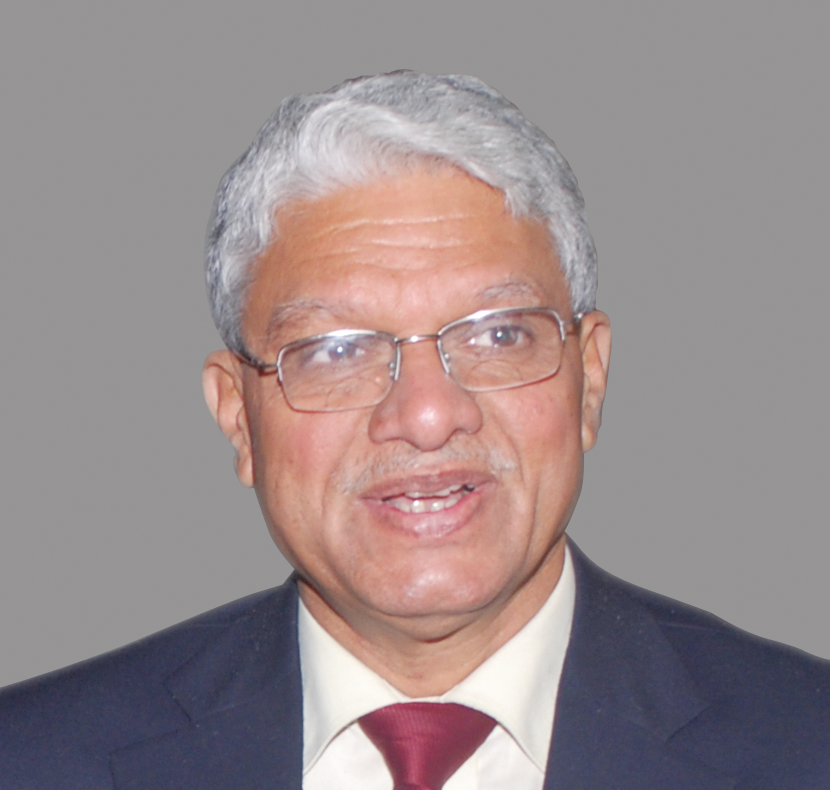
Air Vice Marshal (Retd) Former DG, IMD, New Delhi

Former Member Secretary, Central Pollution Control Board, New Delhi
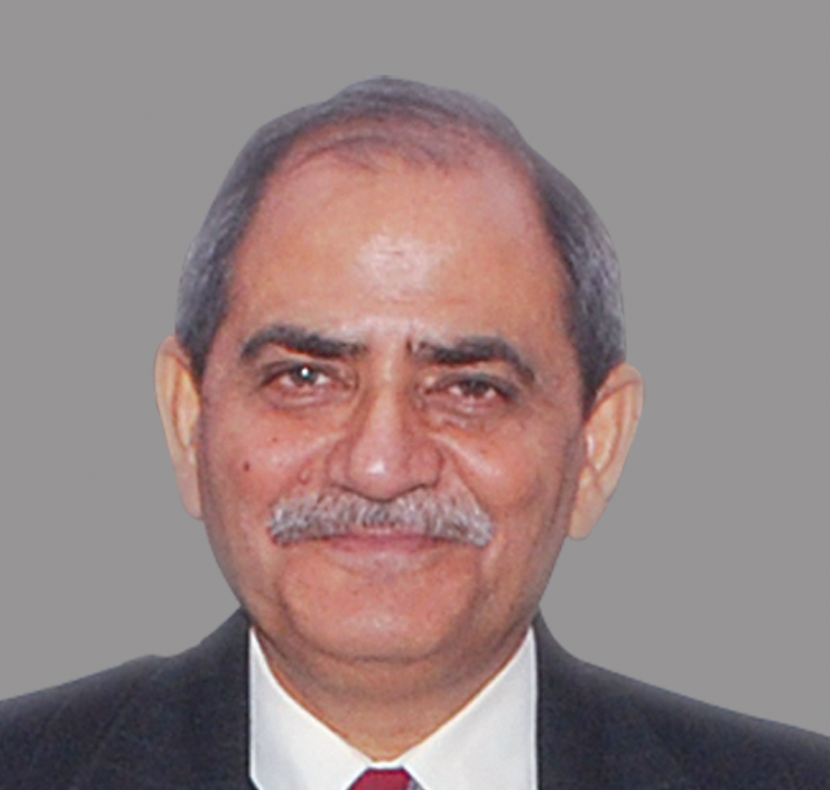
Former Director, NCAOR, Goa
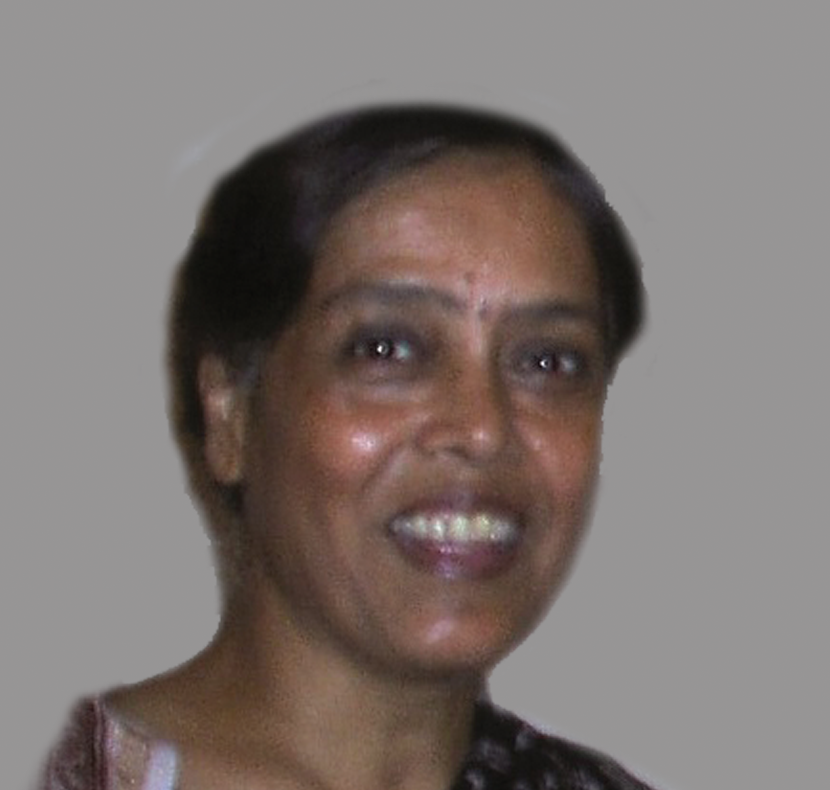
Professor, CSRD, Jawaharlal Nehru University, New Delhi

Professor, CSRD, Jawaharlal Nehru University, New Delhi

Director, Economic Research, Nielsen, New Delhi
Inside this issue
Abating Disasters
India was a late starter in developing an early warning system for tsunamis. But ever since it became operational, the Indian Tsunami Warning System has developed into a world class platform to serve the entire Indian ocean region.
India has made some major advances in seismological research in the past few decades. However, gaps continue to remain, and populations remain vulnerable to earthquakes and tsunamis. Initiatives like microzonation, and scientific drilling may yet provide a solution to these problems.
There has been a paradigm shift in cyclone warning services in India due to the modernisation programme and other initiatives taken by the Ministry of Earth Sciences.
The Ministry of Earth Sciences, in collaboration with the Regional Integrated Multi-Hazard Early Warning System, has been assisting several countries in the Asia-Pacific and Africa with early hazard warnings. This is helping in better understanding of atmospheric, geological, and oceanic phenomena.
In the Clouds
The Ministry of Earth Sciences is in the process of acquiring aircraft for scientific research under the National Facility for Airborne Research (NFAR) programme. Aurangabad airport will be equipped with the repair and maintenance facilities for the aircraft and its scientific equipment.
The Ministry of Earth Sciences’ ongoing Cloud Aerosol Interaction and Precipitation Enhancement Experiment (CAIPEEX) is proving to be a welcome method for mitigating extreme drought conditions. It will also pave the way for a new cloud seeding protocol that can be followed in keeping with Indian conditions in future.
Observations made by the High Altitude Cloud Physics Laboratory (HACPL) at Mahabaleshwar shall assist in the understanding of the southwest monsoon and its anomalies, and reduce risks to life and property from extreme weather events.
The National Monsoon Mission successfully achieved its projected objective of developing a dynamic framework for operational forecasts. It is currently working on developing an indigenous Indian model that can accurately predict monsoon variability in all its aspects.
Lives and Livelihoods
Desalination of oceanic waters is an ideal solution for coastal communities such as in Lakshadweep, that are faced with a shortage of quality drinking water. When designs are simple and innovative, in keeping with local conditions, communities and local authorities can successfully maintain them on handover.
With maximum sustainable yield in capture fisheries achieved, technological innovations to increase yields seem imperative. In a recent breakthrough cages that can withstand turbulent seas have been developed and tested successfully by the NIOT.
Improved technology to assess and deliver meteorological data to pilots and crew at Indian airports has made take-off and landings of flights risk-free, particularly under conditions of low visibility.
Reduced winter visibility due to fog can be a major deterrent to transport operations. The indigenously developed Drishti-transmissometers installed at Indian airports have successfully managed to overcome this challenge.
The IMD’s agromet services for farmers are proving to be extremely useful to fight the threat of increasingly frequent climate uncertainties, and helping farmers hold out against extreme temperatures that can cause large-scale crop loss.
SAFAR is an indigenous technological initiative by the MoES for India’s urban centres that combines the best of weather and air pollution research to generate air quality forecast leading to preventive action for better health. In its five years of existence, SAFAR has notched up successes that have earned plaudits not only from large section of society but also from the World Meteorological Organisation.
Despite being a late starter, India has achieved a great deal within three decades of cryospheric research. Its stations in the Antarctic, Arctic and the Himalaya have undertaken significant research to unravel the linkages between polar ice sheets, climate change, Himalayan glacial mass and the Indian monsoon.
The Earth Systems Model and the CORDEX programme of Indian Institute of Tropical Meteorology (IITM), Pune are indigenous initiatives that has brought India closer to understanding the change in climate systems over South Asia.
India’s climate services are aimed at effectively conveying information to users in South Asia for informed decision-making to reduce risks from extreme events that are the norm in times of climate change.
IN CONVERSATION WITH
Shailesh Nayak led from the front for a major part of the ten years that the Ministry of Earth Sciences (MoES) completed on July 27, 2016. As secretary to the Government of India from 2008 to 2015, the distinguished scientist formulated innovative projects that made science part of a common man’s life. In his illustrious career he integrated new initiatives such as the monsoon mission, seismological and cryospheric research, to name a few. Talking with Sulagna Chattopadhyay, the gifted gentleman outlined his vision for the dazzling future of the MoES.
Madhavan Nair Rajeevan, the secretary, Ministry of Earth Sciences (MoES) is the dynamic new helmsman, confident of chartering new territory that will transform lives under the banner of science. With a background of pathbreaking research on monsoon variability and prediction, cloud-radiation interaction and climate variability and change, the secretary plans to forge ahead in climate research. In an affable conversation with Sulagna Chattopadhyay, the secretary outlines the trajectory in the last ten years and maps the future growth potential of the MoES.
Padmashri P S Goel was at the helm of affairs at the time the Ministry of Earth Sciences (MoES) was constituted way back in 2006, and had initiated the integration process among MoES institutions. He continues to extend support to the Ministry, especially in the area of atmospheric and oceanic technology. On the eve of the ten years celebration of the MoES, the Editor in conversation with the highly decorated scientist, finds many new vistas of research opening up for the Ministry. At present Goel is the Honorary Distinguished Professor at ISRO, HQ and Dr Raja Ramanna Chair Professor at National Institute of Advanced Studies, Bangalore.
In brief
Science has never failed us. It does not seek onerous faith, instead it empowers with precision. From salty seas turning into clean water, to weather alerts and warnings, science can fit together life’s puzzles with élan. The common people however, are still bereft of a scientific temperament tha
The Earth System Science Organisation-Ministry of Earth Sciences (MoES) has emerged, in the ten years of its existence, with a robust network, that continually builds and operates a knowledge and technology enterprise for public safety and socio-economic benefit to the nation. The MoES was establi

